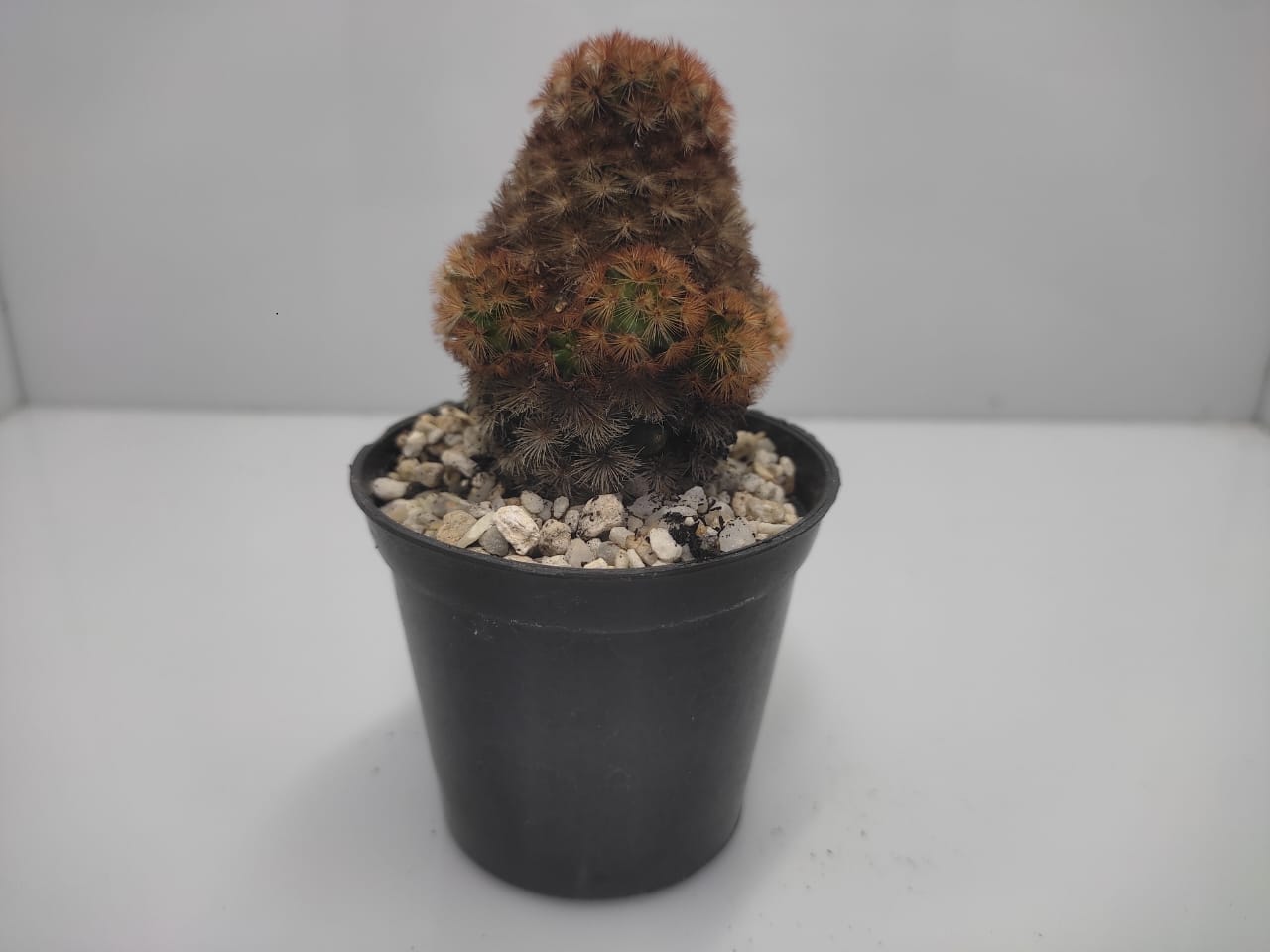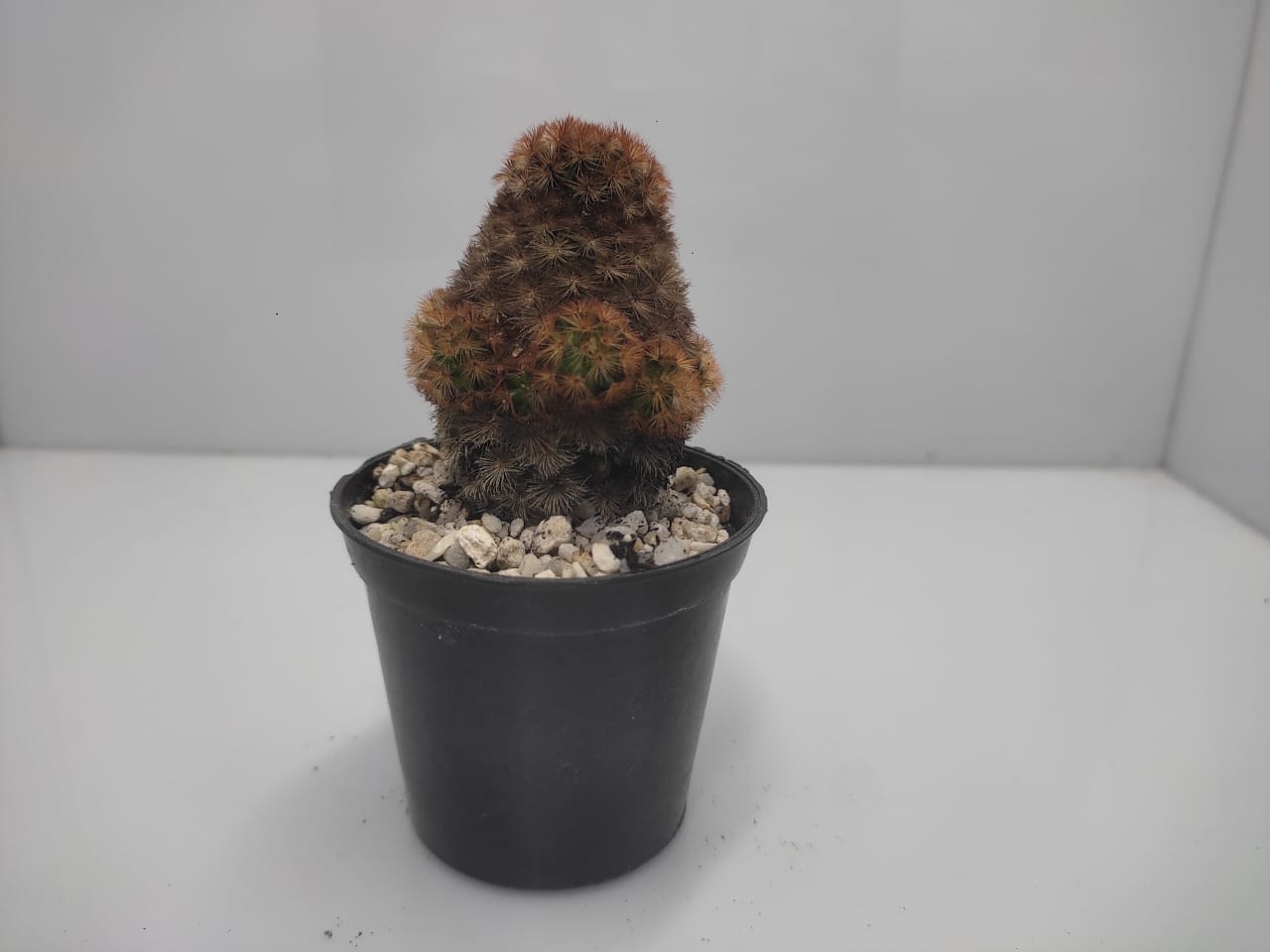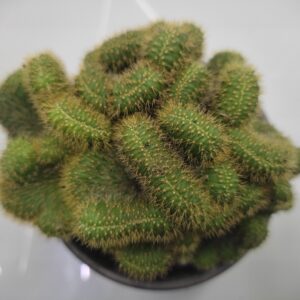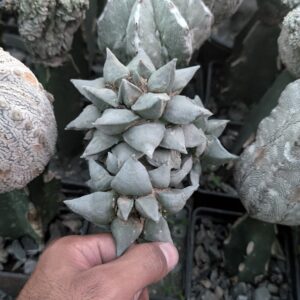Mammillaria: A Comprehensive Guide to One of the Most Popular Cacti
The genus Mammillaria is a group of cacti that have captured the hearts of plant enthusiasts around the world. With over 200 species, this is one of the largest and most diverse cacti genera. Known for its beautiful, easy-care appearance and stunning flowers, Mammillaria is perfect for both beginners and expert gardeners. If you want to learn more about these amazing plants, read on for a comprehensive guide that covers everything from their origins to care tips.
Origin and Natural Habitat
Mammalian cacti are mostly native to Mexico, although some species are found in parts of the Americas, Central America, and the Caribbean. It grows in dry, desert-like areas and grows in rocky or sandy soils. These cacti are adapted to live in low rainfall areas, so they are very drought tolerant.
In the wild, Mammillaria cacti can grow in a variety of environments, from steep slopes to flat plains. Their ability to grow in harsh conditions is one of the reasons why they are popular in homes and gardens around the world.
Characteristics of Mamillaria
One of the main characteristics that distinguish Mamillaria cacti is their distinctive appearance. Most species are small, round, or cylindrical in shape, and often form pillow-like clusters or mounds. This planting method makes them very attractive as houseplants, because they fill a container with little space between the cacti.
Another feature is the presence of tubers, which are small, round, and rough seeded plants. These tubers are arranged in a spiral or network pattern over the entire surface of the plant. Unlike other cacti, Mamillaria species do not have ribs. Instead, tubers work similarly by expanding and contracting to store water.
Many species of Mamillaria are decorated with radial and central ridges that vary in color from white to yellow, red, or black. These dragons often create complex patterns and add to the appearance of the plant. Some breeds have thick hair and wooly hair that can make them look soft and dark.
The most famous feature of Mamillaria cacti is their vibrant flowers. The flowers form a “crown” around the top of the plant, creating a beautiful floral display. The flowers come in a variety of colors, including white, pink, red, yellow and purple, depending on the variety. They usually appear in the spring and summer and mammillaria are the symbol of the blooming season.
Popular Species of Mamillaria
There are over 200 species in the genus Mamillaria, but some are popular among cactus collectors. Below are some of the more popular varieties:
Mammillaria spinosissima – Also known as the “Irish redhead”, this species has dense, cylindrical thorns. Bright red flowers contrast with white or yellow thorns.
Mammillaria elongata – Also known as the “Lady Finger Cactus”, this species has long, finger-like stems that grow in clusters. Golden-yellow spikes with small white or yellow flowers are perfect for rock gardens and containers.
Mammillaria bocasana – This small round ostrich is heavily covered with white feathers and has a curved central spine. Small pink flowers add to the simple look.
Mammillaria hahniana – Also known as “the grandmother’s cactus”, this species is covered in white hairs and forms large clusters over time. Its pink or purple flowers contrast with the white thorns.
Mammillaria Care Guide
One of the reasons Mammillaria is so popular is its ease of care. However, like all cacti, there are specific conditions that make these plants grow. Below are important care tips to keep mammillaria healthy and vibrant.
1. Light requirements
Mamillaria cacti love bright light. When growing indoors, place it next to a window facing south or west to get plenty of sunlight. If you grow it outside, it will do better in full sun. However, be careful in very hot weather because prolonged exposure to strong sunlight can cause sunburn.
2. Moisture
Mamillaria cacti are very drought tolerant as desert dwellers. Water sparingly, especially in the colder months. During the growing season (spring and summer), the plant should be watered thoroughly, allowing the soil to dry between waterings. In winter, reduce watering as this is the dormant season of the plant.
3. Soil
Like most cacti, Mamillaria needs good soil to keep the roots from rotting. Cactus potting mix is great, or you can make your own by mixing potting soil with sand or perlite to improve drainage.
4. Temperature and humidity
Mammillaria prefer warm and low humidity. They tolerate a wide range of temperatures, but are best kept between 65°F and 80°F (18°C to 27°C). Protect from frost, as prolonged exposure to freezing temperatures will damage the plant.
5. Fertilization
Use a cactus fertilizer during growing season to encourage good growth and flowering. Use a balanced, water-soluble fertilizer every 4 to 6 weeks in the spring and summer. Avoid fertilizing during dormant months.
Common Problems and Remedies
Although Mammillaria is hardy, it can suffer from a few common problems:
Overwatering: This is the biggest problem with root rot Allow it to dry out soil between waterings.
Pests: Watch out for mealybugs and spider mites. Use insecticidal soap or neem oil to treat infections.
Conclusion
The Mamillaria cactus is a beautiful addition to any plant collection. With their small size, beautiful thorns and amazing flowers, these plants are a joy to grow and care for. By following the care tips above, you’ll enjoy these beautiful cacti for years to come, both indoors and outdoors.
Checkout our variety of succulent plants here : https://plantzer.com/succulents/
/a>
To learn more about your favourite plants, check our Instagram page : https://www.instagram.com/plant_zer/
For more info about your favourite plants , check our Boota’s blog page : https://boota.pk/blog/<







Reviews
There are no reviews yet.